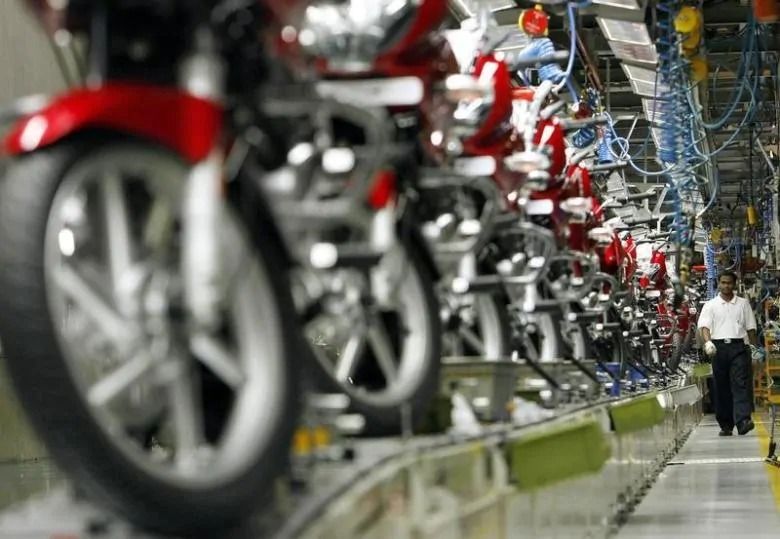It is often said that the 21st century will belong to China because China will grow its military, develop its economy, and completely integrate Hong Kong. However, in this video, I argue that the 21st Century won’t belong to China because it won’t take advantage of space resources and because it will attempt to grab more than it can chew in its ambitious endeavors.
PS: The stock footage from this photo comes from Videvo!
Discord Link: https://discord.gg/brYJDEr
Patreon link: https://www.patreon.com/TheFuturistTom
Please follow our instagram at: https://www.instagram.com/the_futuris…
For business inquires, please contact Technovisionaries1205@gmail.com






